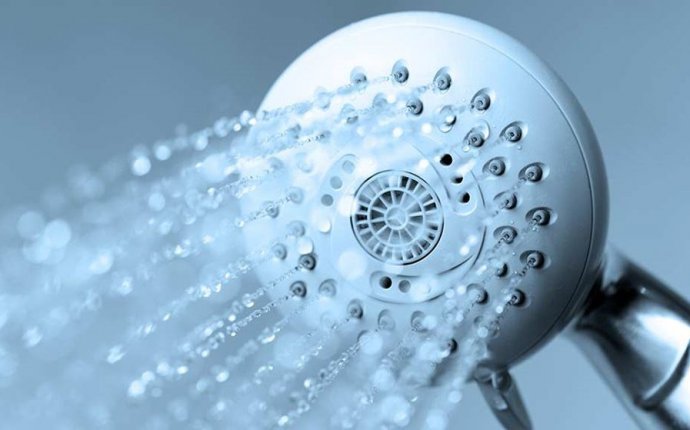
Best hot water Systems Australia
They may not look sexy, but they are essential. Here’s how to choose the right option for you.
The humble hot-water system has a tendency to fly below the radar – we don’t often pay much attention to it until something goes wrong, and then it’s a disaster. There is nothing more likely to ruin your day than having a cold shower, plus a sudden breakdown lends an urgency to buying a new unit, so you don’t have the time to research the best options. Consequently, big and expensive decisions are made on the fly.
A little education might save you time (and dollars) in the long term. Henry Fudge of Bunnings Warehouse estimates that most hot-water systems should last about 10 years, so it’s worth making a considered choice. All systems will require a plumber to install them, and often an electrician. Here’s the lowdown
on everything you need to know.
ELECTRIC, GAS OR SOLAR?
Electric systems are available everywhere, but usually have the highest running costs of all options (depending on the rates you can access). Installation is usually easier and cheaper, especially if your existing system is electric. It does make sense if you can access an off-peak tariff, so check with your electricity provider. Alternatively, you could try a heat-pump hot-water system, a more energy-efficient electric option. Mark Padwick of Sanden Hot Water says these products generate heat “by running like an air-conditioner in reverse”. Mark says that you can save up to 80 per cent on the cost of hot water using a heat-pump system versus a conventional electric storage system.
Gas is generally cheaper and often the recommended option for continuous-flow systems. However, it is only effective if you have piped natural gas available on your property, which is common in Victoria, Adelaide, Perth, Canberra and metropolitan NSW. Other parts of Australia have limited availability, so again check with your provider. LPG gas is also used to heat hot water, but costs about three times more than natural gas, and is usually only used where there is no natural variety available.
Most solar systems have either a gas or electric booster – or even a heat-pump system – to ensure hot water, stored in an insulated tank, is always available. These systems are much more expensive to install and are more common with new builds or people looking to “greenify” their home, according to Patrick Hooper from Rinnai. “You do save money over time, as despite a higher initial cost and install price, your running costs are fairly low, ” says Patrick. Solar-powered systems work better in some parts of Australia, particularly Queensland and the Northern Territory. In southern Australia “you
may need to rely on your booster a little more at certain times of year, ” says Patrick.
WHICH SYSTEM?
Storage: “Storage heaters are the most common type of hot-water system in Australia, ” says Henry. These systems work in a similar way to a kettle, using either a gas or electric element to heat the water and store it for use. Many people opt for a storage unit because it’s what they know – bearing in mind it’s usually an on-the-spot decision
– and will simply replace their old unit with a new version. They work well if you use off-peak tariffs, ensuring that you purchase energy at the lowest possible rate. They’re often cheaper to install, especially if you had a similar unit. However, storage units can be more costly to operate, can run out of hot water and take a while to warm up. Sizes vary, but remember that they heat the whole tank, so make sure you choose the right size for your family, so no energy is wasted.









